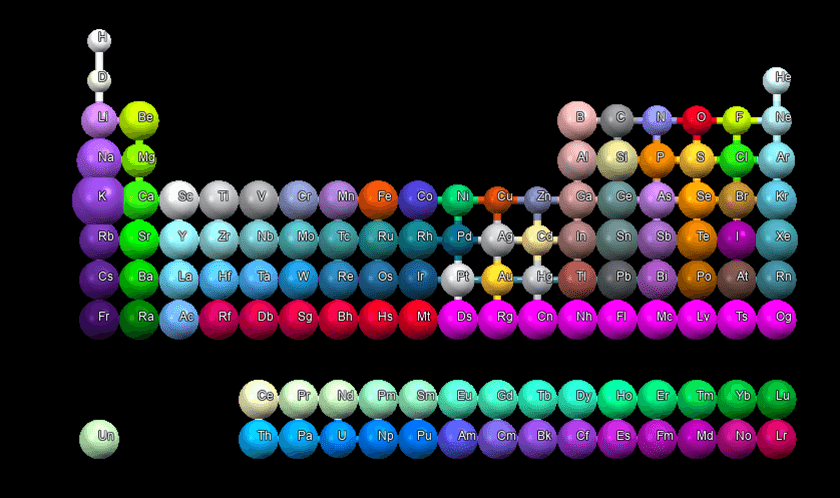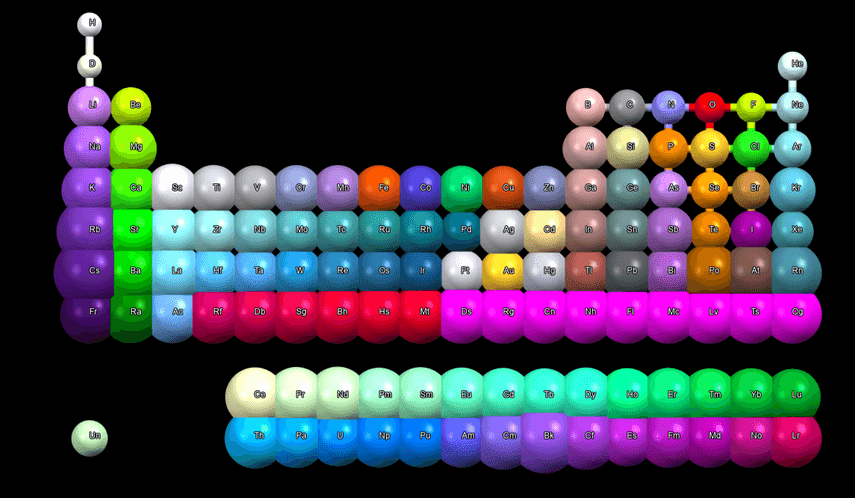Updates to Van der Waals Radii in The CSD and Mercury
In the 2024.3 release, you may notice some changes when you are using our tools when looking at intermolecular (or intramolecular) interactions. For your favourite refcode in Mercury, you may find that suddenly you are seeing more contacts, or possibly less contacts for a given structure. This is because we’ve finally taken the plunge and updated the van der Waal’s radii in our codebase.
History: Analyses of Van der Waals Radii
For background, named after Johannes Diderik van der Waals, vdW’s radii have long been measured and debated. Linus Pauling used the concept in his seminal work on the nature of chemical bonding. Arnold Bondi developed the principle further publishing a set of new values in 1964. Scott Rowland & Robin Taylor took this further in the 80s, updating the hydrogen vdW’s radius used in CCDC software. But after this, for a long while, analysis went quiet.
In 2014, however a new analysis was carried out. The Cambridge Structural Database was a lot larger, and so Santiago Alvarez published updated radii which were more comprehensive than previous values, and suggested mostly larger values than Bondi’s work, primarily due to a somewhat different definition of where the contact point was between 2 atoms.
Updated Radii and Impacts
It’s taken us a long time to use these, but we were waiting to see how they were received in the community. It’s also quite a lot of work to update these values, as they touch a lot of software that CCDC produces, in particular tests which may assume one set of radii.
It’s now clear that these radii seem reasonable; for example, a paper by Rahm, Hoffmann and Ashcroft, where quantum mechanical methods were used to estimate the probability spheres for electrons in various neutral elements, seems to concur with the values that came from Alvarez’ data analysis, so for this release we have updated them.
This leads to some big changes, in particular for metal atoms in the CSD. Mercury has an example file that shows all the elements and their vdW spheres: Here is a comparison of the two, with the grid set up for the old radii (so we see how the new radii expand and inter-penetrate due to the larger size):


Note that many of the metals in the old code had the same radius (2.0) – this was because they were never covered by Bondi, so we used to use a default. Now, with the new radii, they vary. Transition elements in particular are a lot larger.
So in this release, you may see some big differences when you look at contacts (in particular to heavy metals!)
Learn what else is new in the latest CSD data and software updates here.
Sign up to our newsletter here to get email alerts of future updates.